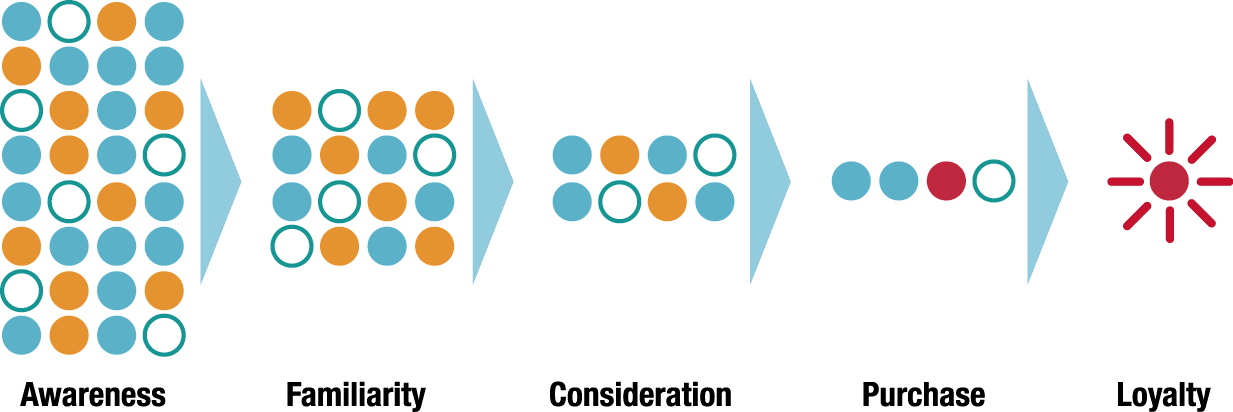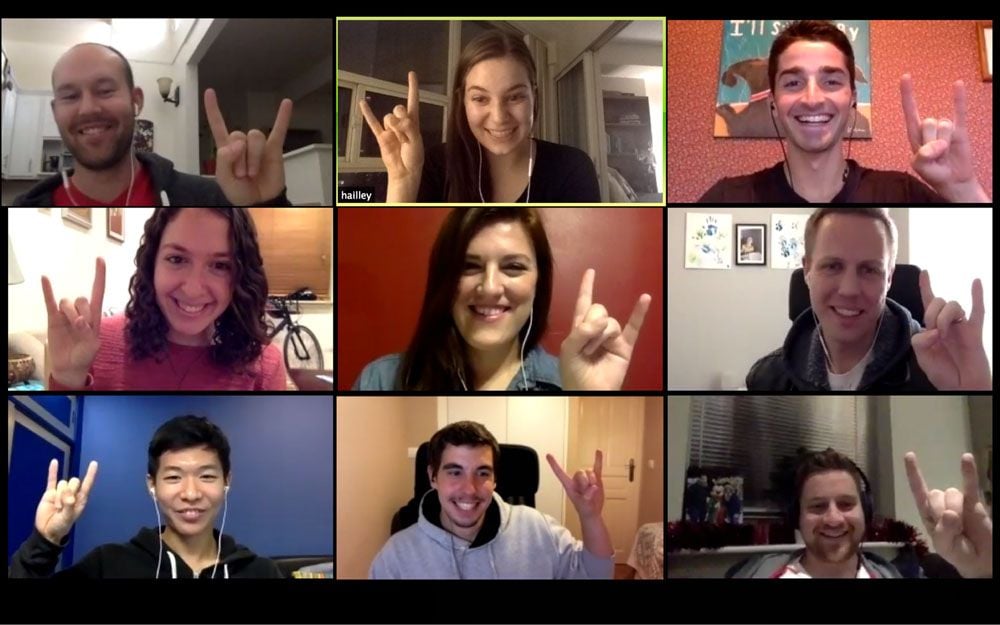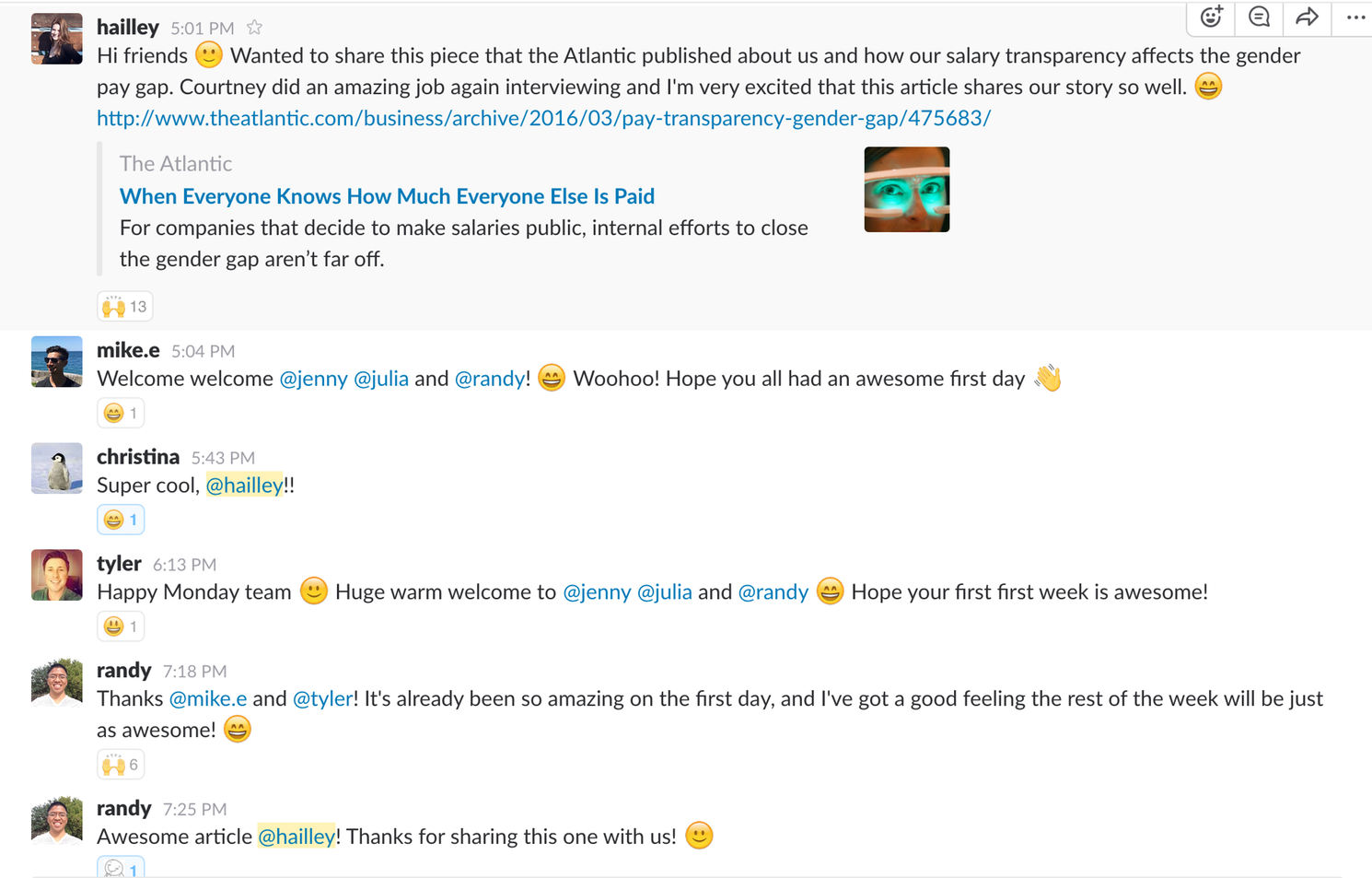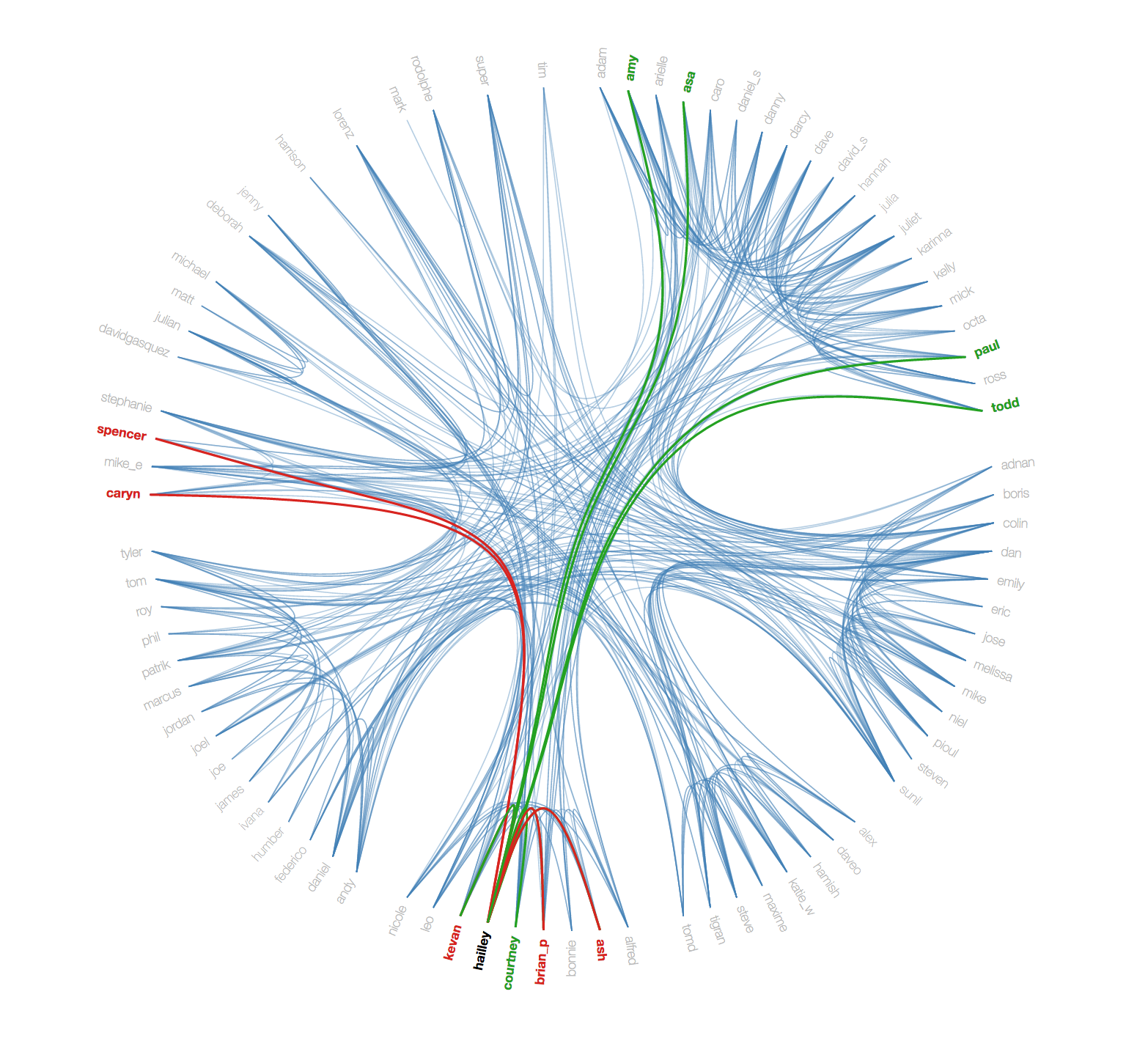Public relations can mean a variety of things, especially at a startup where many people wear any number of hats.
My first job out of university was as an intern at a startup doing public relations (PR) for them. I cold-called reporters with pitches, wrote press releases and even did some ghost writing. I was the first PR person they had ever hired, and have since been the first person to be hired in a full-time public relations role at three other startups.
I completely adore PR (and social media!) and have been working doing just that in the tech industry for close to five years now. My PR role at Buffer has been one of the most unique ones so far! I’m very grateful to be Buffer’s first Press Crafter and I’d love to share with you what it’s like.
What is a Press Crafter?
In the job description posted on our journey page when I applied, a Press Crafter at Buffer was be someone who:
- works with product to help talk about new and exciting features,
- handles inbound requests,
- manages the syndication program at Buffer.
To do all of this, I keep an up-to-date media list with all of my press contacts so I can keep on top of pitches and building relationships.
As you can imagine, things change frequently at Buffer and many of our roles evolve as we try on more and more hats.
The role of press crafting at Buffer definitely includes those three items from the initial job description, but it’s also changed a lot. I also:
- handle all speaking and sponsorship requests,
- send out a bi-weekly email to all of our users with our latest blog content, product release notes and exciting announcements,
- help host our social media podcast,
- and a few other exciting things!
A few fun stats:
- Buffer teammates spoke at 30 conferences in 2016
- Gmailmeter helped me estimate that I send about 2,400 emails in one year!
I think a good way to look at it is that my the focus is on positioning Buffer to a few public audiences: our users, marketing partners such as conferences or other software companies we work closely with, and of course, the media around the world.
At Buffer, it’s also a privilege to be able to work on PR from two perspectives. We build software that helps businesses manage their social media, but we are also a radically transparent company continually doing workplace culture experiments and looking to help shape the future of work. Both of these aspects produce lots of news and stories to tell!
What is especially unique in my role at Buffer is due to our value of transparency: I never need to worry that I’ve said too much. Still, there are times we strategically don’t reveal everything right away, specifically if we’re waiting to get all of the pieces together for an announcement, or if we want to reflect even more before sharing.
On the marketing team, I work closely with the seven other members of our small team.

Our marketing team at Buffer, from top left, Alfred, Arielle, Ash, Bonnie, Brian, Spencer, myself and Kevan. ?
How does PR fit into Buffer
We’re always experimenting at Buffer, which means my role might not fall into “traditional” PR.
We’ve recently started referring quite a bit to this graph exploring a potential customer’s journey.

At Buffer right now, we see PR as fitting in primarily at the beginning of the funnel with awareness and at the end of the funnel with loyalty.
How Does PR Work With Other Roles?
PR & Social Media
I work super closely with our Social Media Manager at Buffer, Brian. In some companies, social media and PR can even be the same role! Here are a few ways we work together:
- Sharing press mentions and articles that could be great fits for social media
- Keeping each other in the loop on upcoming speaking engagements with Buffer employees
- Using social media to build strong relationships with reporters
- Working together on social media messaging and timing for launches, announcements and campaigns, figuring out what we are saying, when and to who
I was also fortunate enough to be selected as a #bufferchat guest on “how PR and Social Media work together;” here’s the recap in case you’re keen to learn a bit more.
PR & Content Marketing
At Buffer we have both the Social blog and the Open blog (and now our Medium publication!) where we regularly publish content. There are a few ways I work with the editors of these blogs:
- Coordinating product launches (such as Instagram reposting) together for messaging and a quick pitch, as well as the timing that announcement will go live and the press pitching can start or embargo can lift
- Crafting, brainstorming pieces that will be interesting to our syndication partners (syndication falls under PR at Buffer). For example, some partners prefer X ways to do X, whereas other want deep dives into how we think about things at Buffer and it’s always helpful to coordinate this with our various editors.
- From the culture side with the Open blog, we work together to take new and unique company culture, transparency developments and workplace experiments and share them on the blog and then with the press. Our recent change to having minimum vacation is one example.
PR & Data
We’re luck to have a whole team of fantastic Data Analysts at Buffer! They offer various time spots for office hours so our whole team can learn more about the different areas of data we might be interested in. I work closely with the Data Analysts on a couple of things:
- Coordinating interesting data studies that can be pitched to the media, some of our data studies have been on what 1.5M pins taught us about Pinterest marketing and 3 unusual lessons we learned by studying over 16 million posts (and 100,000 brands) on social media.
- Coordinating on gathering data for culture pitches, like our year in review for 2016, or how figuring out how often Buffer employees take Unsick days for this campaign.
- Data also helps me track press mentions, syndication numbers and anything else that might be possible to track!

(Our first Marketing brainstorm where we were able to get all timezones in for 2016??)
Beyond marketing: How PR fits in with all of Buffer
Outside of the marketing team, working in PR also means collaborating with several different teams. Whether it’s for a story or campaign, PR touches quite a few other areas:
- Employee morale: Getting recognition in the news is often a time for team celebrations, sharing and excitement.
- Transparency: At Buffer as we’re committed to sharing many of our numbers, goals, struggles and realizations transparently. In addition to our Open blog and Transparency landing page, PR can be a great way to share our lessons more widely.
- Investor relations: Especially at a startup, good media coverage can help create relationships with new investors, and serve as a point of pride for existing investors.
- Hiring: Sometimes great media coverage can lead to an increase in applications. When Buffer shared our transparent salaries and salary formula, it got lots of great press mentions—which quickly turned into 4,000 new applications to work at Buffer.
There’s also lots of collaboration between PR and a few other teams:
PR and Product
Something new about our product? Exciting! Is it press worthy? I’ll bounce ideas around and think this through with our team.
The product team also shares in advance any new features that might make a big splash so we can work on the plan ahead of time. The launch of Buffer’s Instagram Reminders is a great example of when PR and Product worked closely together to make sure the product was ready to be shouted about, and that we were shouting the right things.
PR and People
I also work closely with our People team (what we call human resources) to share new initiatives from a workplace culture, transparency or experiment perspective that could be of interest to the media.
PR and Happiness
Our Happiness team (what we call customer service) has a lot going on on any given day! PR works with these folks to coordinate any incoming requests for interviews, statements, speaking requests and sponsorship requests. Happiness is also kept in the loop on any large press announcements so they can be ready for any additional volume in the inbox or on Twitter.
PR and Leadership
Since lots of folks (including media) enjoy hearing from our founders, part of PR at Buffer is coordinating interviews and statements, getting sign-off on press releases and announcements and working together on speaking engagements, plus the content and logistics that come along with them.
PR and the whole team
In keeping with our value of transparency, I also try to share press mentions and celebrate with the team! (At Buffer, these celebrations all happen in Slack.) Even when the news isn’t as happy, it’s always good to keep the team in the loop.

A little while ago, David from our Data team shared a very cool data feature that allows us to see how we’re all connected as a team. Here’s what our team looks like, highlighting who I spend the most time speaking with on Slack. ?

I primarily communicate with the rest of the Marketing team, as well as Courtney on the People team, Caryn who is Joel’s executive assistant, and some lovely folks on our Happiness team (Todd, Paul, Amy and Asa) who help me get our customer emails sorted and with PR requests that might come in through Twitter or email.
Over to You
How is public relations set up at your company? Similarly to how I’ve outlined it here or maybe a bit differently? Can’t wait to keep the conversation going – feel free to share any thoughts in the comments!
Try Buffer for free
190,000+ creators, small businesses, and marketers use Buffer to grow their audiences every month.




